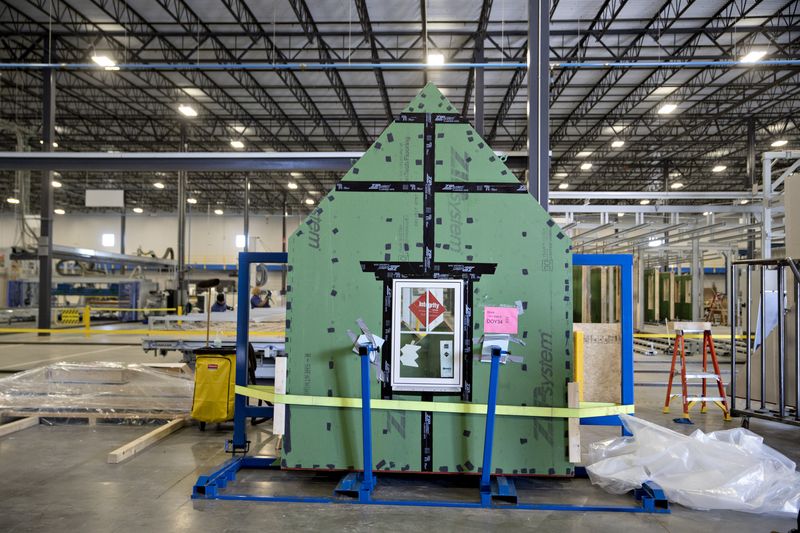Robots will build your next house

Home builders are finding more success with indoor factories, as developers grasp just how cost effective it can be – and that now more than ever the industry lacks skilled workers to get the job done.
“US home builders say the labor crunch is their biggest challenge and that it pushed costs up 5.2 percent over a 12-month period last year, according to National Association of Home Builders/Wells Fargo surveys…The plants enable developers to patch the labor gap by having houses and apartment buildings manufactured off-site, for less money and in a fraction of the time. These aren’t trailer homes.”
Not only does modular building eliminate the need for skilled workers (most workers can learn their computer/operator job in two weeks), but it also removes unforeseen costs like human error and weather. Combine that savings with the minimal time involved in modular home building, and developers and builders only see the dollar signs of efficiency.
“Today’s plants are capable of producing bigger buildings with more elaborate designs. They can move fast, an advantage at a time when homes are selling briskly but the inventory of existing units is tight, with housing starts still well below levels before the last recession…modular builder Ritz-Craft Corp. can deliver a single-family house in six to eight weeks, on average.”
Even major hotel chains are jumping on board the modular train – Marriott International Inc. opened a Fairfield Inn and Suites in Folsom, CA in which all 97 rooms were built individually at a modular plant. “’What we like is how well modular is built,’ says Karim Khalifa, senior vice president for global design strategies at Marriott.”
Even though “…robots are more precise than humans can ever be,” there are still some downfalls to subcontracting your home to machines. “Modular building still has limits. For less-expensive homes, transportation costs can eat up the savings of going modular,” and there are also those that turn their nose up at ‘little boxes on the hillside’, or associate the modular homes with trailers.
Excerpts taken from Bloomberg Weekly – read the full article here:
